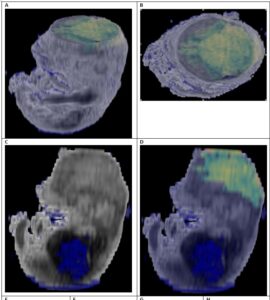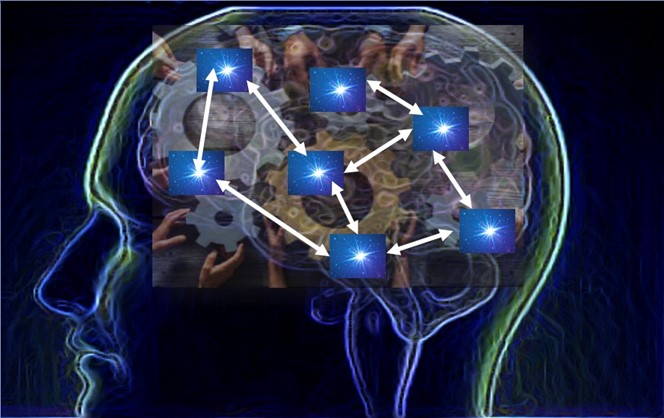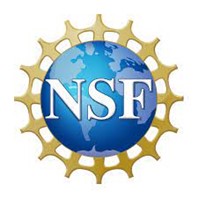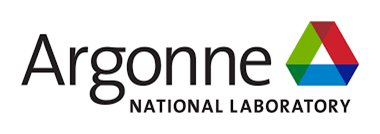efficient - targeted - multi-scale
Experience the nanoparticle difference
Today’s commercially available contrast agents are specifically designed for only one imaging modality: MRI, CT, PET, or ultrasound. Our novel multi-modal, targeted contrast agents are designed for use across a range of imaging modality. Applications are wide and including but not restrictive to cancer and multi-factorial diseases and could be invaluable in radiographic medical imaging. Our agents significantly reduce multi-scan/multi-visit costs while reducing misdiagnosis. In conjunction with artificial intelligence (AI) technique it adds up to be a remarkable tool set.
superior and effective, targeted, local delivery vehicle for diagnostic & therapeutic interventions
Unique Novel Contrast

Multi-Scale
Works at the cellular, tissue, and organ level & has the potential for whole-body therapeutic interventions. Drug delivery as accurate and scalable thanks to a tunable particle payload capacity. Multiple bioactive drugs can be supplied simultaneously or consecutively.
Targeted
As a comprehensive agent, it is capable of flagging a particular pathology or tissue type, as opposed to other contrast agents that are more generic and are dispersed throughout the body. In addition, the drugs delivered through the selective biding provided will increase the on-target dose dispensing. Reducing off-target damage and unwanted reactions. Surface modification has added valuable option for specifically detect and direct the particles and its cargo to precisely predetermined targets. Various pepidic selected covalently bound have been designed to enhance binding to molecular target
Multi-Modal
A single dose is effective across 2 or more scanning types, increasing efficiency and decreasing waste where more than one type of scan is required.
Artificial Intelligence and Nanomedicine

Artificial Intelligence (AI) as a generic expression encompasses areas of computer sciences such as machine learning, natural language processing (NLP) and artificial neural network (ANN). These technologies provide machines human-like intelligence to simplify and enhance complex data into discernment/diagnostic decision-making assets. In biomedical research AI-enabled computational and imaging methods have propelled pharmaceutical discovery. Algorithms can identify statistical patterns that ANN recognizes as “local behavior” of the imaged materials which leads to simplified diagnosis and prognosis.
Precise nanoscale targeting enhances the contrast between diseased and normal tissue which empowers computational intelligence. Ultimately, these tools will undoubtedly push the frontiers of treatment to levels not yet envisioned. We are, with our products, contributing to this innovation.

At Our Core
Our particles at the core of the NanoMedtrix contrast agents are made of either mesoporous silica (MSN) or doped lanthanides
NanoMedTrix (NMTx) provides novel multimodal nanotechnology platform – Mesoporous Silica Nanoparticles (MSNs) for targeted contrast agent options for use in regenerative technology and targeted radiology in medical imaging (MRI, CT and ultrasound) and for precisely targeted therapeutics. Multi-modal properties mean that a single dose will be effective across two or more diagnostic scanning types, increasing efficiency where more than one type of scan is required. They are multi-scale, working at the cellular, tissue and organ level. Therapeutically, the same biorecognition elements on the MSNs are employed to specifically bind MSNs containing a pharmaceutical payload directly to the target cells. In this way, MSNs can deliver higher concentrations to the target without collateral damage to normal/surrounding cells.
MSN Particles
- 100-200 nm in diameter, 5 nm pores
- Co-crystalized with contrast-conferring metals for medical imaging
- Loaded with drugs or fluorophores for
controlled release. - Encapsulated with protective coating to dispensing various modalities (vesicular, enteric, intravenous)
- Functionalized with various molecules to confer specifically to MSNs bind only to target cells
Lanthanide Particles
- 30 nm core diameter; 50 nm hydrodynamic diameter
- Excitation / emission wavelengths are 350 / 625 nm
- Unlike organic flourophores, do not photobleach
- More biocompatible than quantum dots and non-blinking
- Functionalized with various molecules
Lipid-based Particles
- 30-nm 100 nm
- Lipid with cargo capacity
- Benefits and loading
- Enhance options for neural tissue and brain diseases
- Functionalized added value to the molecule.
- Dispersion and solubility options
- No need for encapsulation
- API incorporate within or infused into the lipidic moiety
What Makes Our Particles Unique?
There are many benefits to using MSNs

Improved Efficiency
MSNs can be used in conjunction with multiple imaging modalities, which can save time and money.

Improved Diagnosis
MSNs can be used to detect diseases at an early stage, when they are more treatable.

Improved Targeting
MSNs can be used to deliver drugs or other therapies to specific cells or tissues, which can improve the effectiveness of treatment. Surface modification adds a valuable option for specifically detecting and directing the particles and its cargo to precisely determined targets. Various peptidic selected covalently-bound particles are designed to enhance binding to the molecular target.
Ready to Revolutionize
Nanotechnology?
Reach out and learn how advanced nanoparticles can help you achieve superior imaging diagnostics and targeted drug delivery.
Affiliations







